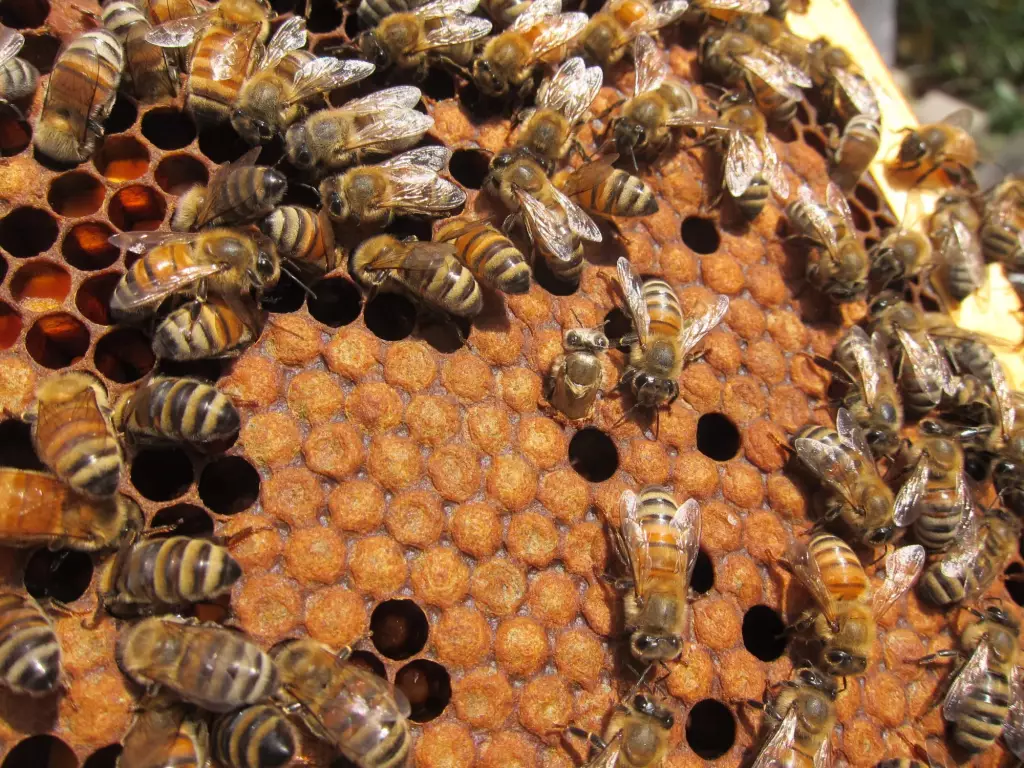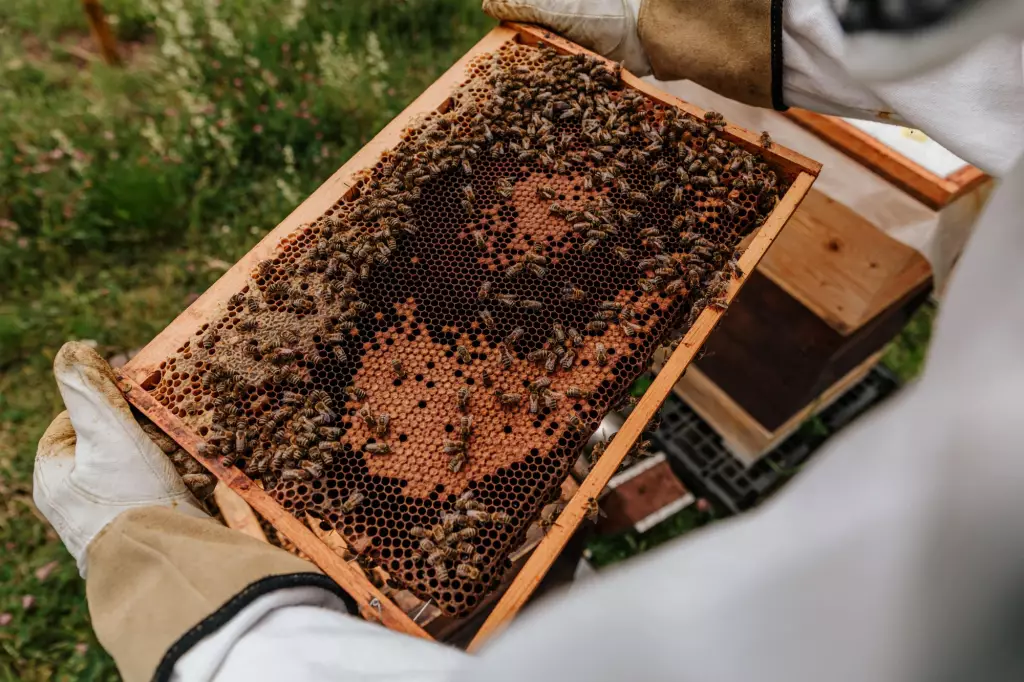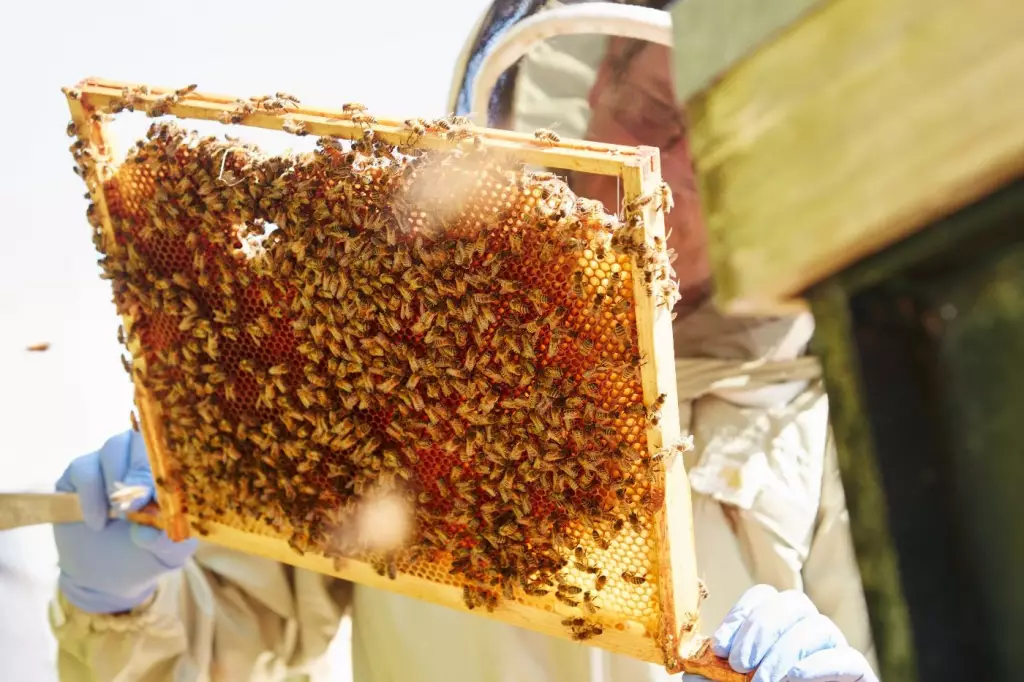How Many Honey Supers & Brood Boxes per Hive?
The major components of a beehive are supers and brood boxes. For beekeepers who wish to expand their knowledge about the job, there are always questions like, "How many honey supers and brood boxes can a beehive have?" Today, we'll respond to these questions.
There can be at least two or three supers per hive. This allows the bees to continue producing honey, and also lets you continue to collect honey as it becomes available. One or two brood boxes are sufficient for one beehive. If you use three or more, you are likely causing your bees harm.
A single-level container called a "brood box" is where the queen bee and all of her eggs are kept. The additional boxes above the brood box are called honey supers that provide more storage. Let us dig deeper into this information.
Summary
- A brood box is a single-level container that houses the queen bee and all of her eggs.
- The honey supers are the supplemental boxes above the brood box. They aim to provide more storage space for worker bees.
- You may begin with one brood box and at least two to three supers and observe what happens to the hive as time progress.
- There are various factors to consider before deciding whether you should add another brood box and/or honey supers in a hive; at the end of the day, it is a decision you have to make as a beekeeper.

On this page:
A Beehive’s Honey Super and Brood Box
A brood box is a single-level container that houses the queen bee and all of her eggs. Typically, beekeepers position it at the base of the stack. A screen separates it from the supers.
The brood box is undoubtedly one of the most essential components of a thriving beehive. There wouldn't be any eggs if there were no brood box, indicating no queen. As a result, worker honey bees won't be required to remain in the hive, and there won't be any worker bees. The honey bee workers will depart the hive, searching for a new location with a good queen.
The honey supers are the supplemental boxes above the brood box. They aim to provide more storage space for worker bees. However, new beekeepers should remember that adding more supers does not imply more honey; it is a common misconception among beginning beekeepers. You would incur more costs than advantages if you placed all of your supers early.

According to experts, just one or two brood boxes should be present. Increasing the number of brood boxes will not automatically mean that we are helping our bees. Most of the time, it could do more harm than good for them.
It is critical to note that we do not need to create and maintain a predetermined number of brood boxes from the outset. For instance, we may begin with one box and at least two to three supers and see what happens.
When the bees become overcrowded, and out of space, we can add one or two more supers. We can add another brood box on top of the five to six supers, and with the bee colony constantly growing, we can add another super.
Is There a Maximum Number of Supers per Hive?
Consider how many frames you wish to put in each honey super when deciding how many honey supers you want to add to your hive. A super can hold nine to ten frames. Ten frames will result in a thinner honeycomb. Your honeycomb will have more room to grow within the honey super if you utilize nine frames. It might produce more honey and be thicker.
When to Add Honey Brood Box
Since the beehive's major action takes place in the brood box, and the queen lays her eggs there and resides there, every beekeeper will eventually have to decide whether to install a second brood box or not.
You have three options as a beekeeper: (1) continue using a single brood box, (2) use an additional, smaller (one-and-a-half) brood box, or (3) add a second brood box. You can run into a wide range of viewpoints from other beekeepers when making this decision.
In temperate climes, many seasoned beekeepers may suggest against utilizing a second brood box. In fact, most would advise against adding one. However, the bees' treatment of their core as a part of the brood box, which results in a higher pollen load, can limit the yield of their first super. The type of hive you employ will also affect the number of brood boxes you need.

As a beekeeper, you also have to balance the essentials. First, ensure the brood box has enough room for the queen to lay eggs, the colony to survive the winter, and the honey supers to remain above the queen excluder so you may collect honey.
Second, since queens typically produce 1,200 to 1,400 eggs daily, 13 to 14 frames are needed. There will be some drone bee eggs in addition to the worker bee eggs, and numerous cells will be required for the pollen and honey reserves. The bees will store honey there if there is too much room below the queen excluder, making it impossible for you to extract it.
As a result, some beekeepers may employ two deep boxes, while others will use one deep and one super as a brood box. The drawback of the former is that you won't have any honey to extract during lean years because of the excessive area below the queen excluder. The latter's disadvantage is that you will have variously sized, non-interchangeable frames.
Overall, in light of the benefits and negatives stated here, you must ultimately decide for yourself.
When to Add Honey Supers
Adding supers to a beehive increases honey production and maintains the hive's health. Your hive could grow crowded if you have insufficient supers. Your bees may swarm as a result of this, which will divide your one colony into two or more distinct colonies.
Your hive should be packed with bees prior to adding your first honey super. You should use at least eight of the ten frames in your brood box—for brood, nectar, pollen storage, and honey.
To add additional honey supers, adhere to the instructions in the preceding sentence. Place the following super on top of the first one once it is roughly two-thirds full. You can use a number of markers to determine whether it is okay to add honey supers to your hive. It includes the following:
- Verify whether bees are covering every frame in your hive. When the lid is removed, are there bees on top of the frames?
- Do your bees have a comb on the lid and the tops of the frames? If so, a super should be added right away.
- Your bees need additional room because the brood box is now completely full.
Ultimately, remember: do not add a super before it's time. Your hive won't be able to support the addition of all that extra room if it isn't sturdy enough.

Are Honey Supers Still Reusable After the First Honey Extraction?
When your honey supers are full, it's time for the fun part: honey extraction. After reaping the sweet results of your hard work, you will be left with only exceptional frames. Depending on how you extracted the honey, these frames may include an empty honeycomb or be empty.
You can return your super and frames to your hive after extraction. It is okay if there's some honey left on the frames. Your hardworking honey bees will handle this.
If you utilize a honey extractor, the honeycomb will remain intact when you return the frames. The bees will still use this honeycomb and put honey inside the already-filled cells. During the honey extraction procedure, if you cut the honeycomb out of the frame, your frame will be left empty. The same applies here. Your bees will build new honeycomb.
You may have discovered during the extraction that some of your frames were not prepared for the extraction. If so, you can put the frame back in its original position.